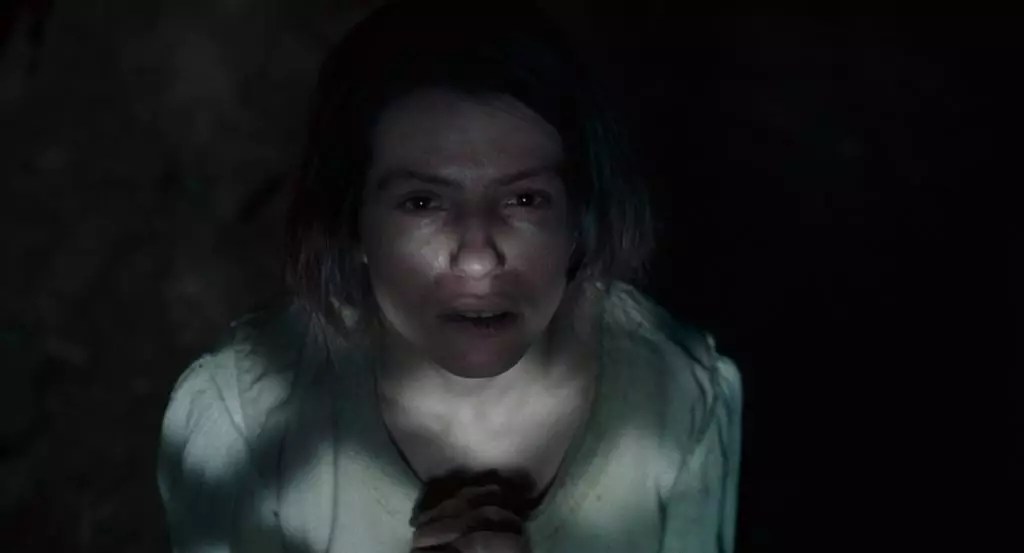“The Devil’s Bath” is a haunting tale set in the 1750s in the Austrian forest, depicting the oppressive societal norms that govern the lives of its characters. Agnes, the protagonist, is expected to fulfill her role as a wife by bearing children and doing housework. The pressure she faces from her mother-in-law and husband to conform to these expectations is suffocating, highlighting the rigid gender roles of the time.
Agnes’s isolation in the forest is palpable as she struggles to find her place in a world that offers her no solace. Her attempts to connect with nature and seek comfort in prayer only serve to reinforce her sense of despair. The eerie atmosphere created by the directors, Veronika Franz and Severin Fiala, mirrors Agnes’s psychological turmoil as she grapples with her deteriorating mental health.
The film delves into the deep-seated superstitions and fears that permeate the lives of the characters, shaping their actions and beliefs. Agnes’s desperate act of seeking a charm to ensure fertility reflects the desperation and vulnerability of women in a society that values them solely for their reproductive abilities. The narrative exposes the pervasive influence of religious doctrine on Agnes’s thoughts, particularly the priest’s admonition against suicide, which drives her to a harrowing decision.
Franz and Fiala employ visceral visuals and a haunting score to heighten the sense of dread and foreboding in the film. The stark depiction of violence, from gushing wounds to decomposing corpses, adds a jarring realism to the story. Agnes’s emotional turmoil is laid bare in these moments, culminating in a gut-wrenching portrayal of her inner torment and ultimate liberation.
Despite the grim subject matter, “The Devil’s Bath” presents Agnes’s actions as a form of resistance against the patriarchal oppression she faces. Her defiance, though tragic, underscores the strength and resilience of women in the face of societal constraints. The film sheds light on a history of women seeking release from their circumstances through drastic means, challenging the audience to confront the grim reality of gendered oppression.
“The Devil’s Bath” offers a chilling portrayal of a woman’s descent into madness within a repressive society. The stark imagery and haunting performances capture the bleakness of Agnes’s existence, highlighting the inescapable grip of patriarchal norms and religious dogma. Through Agnes’s journey, the film confronts the audience with uncomfortable truths about power, control, and the resilience of the human spirit.


Leave a Reply